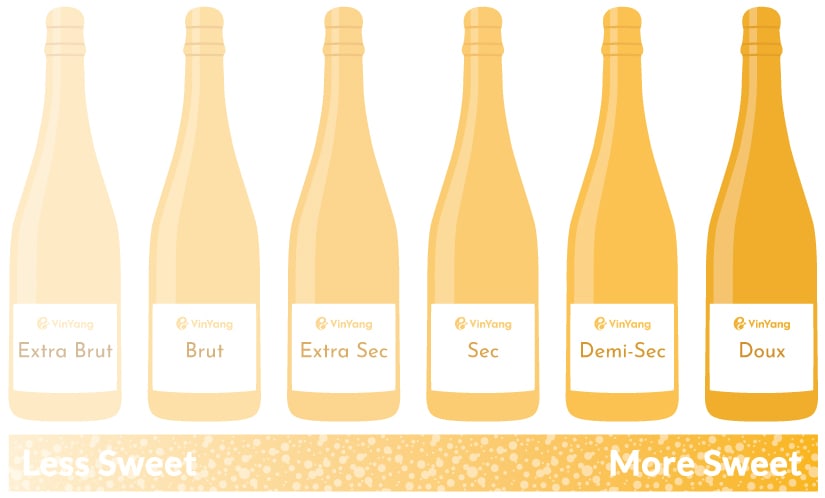

The juice will be pink as it has had some contact with the grape skins (where all the colour is) and is then used to make rosé. It’s the process of removing some of the juice from red grape must prior to, or at the onset of fermentation.

Saignée is a French term which literally means “to bleed”. There are three main ways to make rosé wine. Much of the choice comes down to the region, the varietals that grow best and a personal style of the winemaker. However, throughout Australia you will see rosé made from shiraz, cabernet sauvignon, grenache and increasingly from alternative varieties such as nebbiolo, sangiovese and tempranillo. In Tasmania, given how our beloved pinot noir thrives, it’s not surprising that this forms the basis for many of the rosé wines being produced. Premium rosé wines in Australia are often made from a single grape variety, but increasingly wine producers are experimenting with different blends. Our winemaker Bec Duffy talks about how rosé is made and some of the behind the scenes thoughts that go in from a winemaking perspective when making your favourite pink wine! Whether it’s dry or a slightly sweeter option that you’re looking for, there’s plenty of styles and flavours to discover. Most often rosé wine is made from red wine, but there’s no rules here! The last few years have seen a real evolution in the style of rosé being produced in Australia, and its good news for those who enjoy. Our beloved pink rosé! A style of wine that’s been growing in popularity over the last few years, although in parts of Europe it’s more prominent than white wine.


 0 kommentar(er)
0 kommentar(er)
